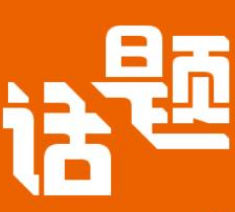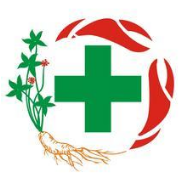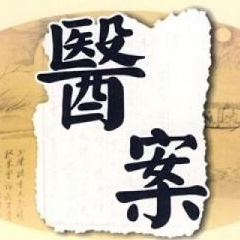The "Four Diagnostic Modes" is a fundamental concept in traditional Chinese medicine that involves observing and evaluating a patient's appearance, odor, speech, and bodily sensations. The four diagnostic methods are:
Inspection (Appearance): This includes observing the patient's appearance, including their skin color, complexion, and facial expressions. It also involves checking the quality of the tongue and the patient's voice.
Auscultation and olfaction (odor): This involves listening to the patient's breathing, coughing, and other sounds, as well as evaluating any odors that may be emitted from the body.
Inquiry: This involves asking patients questions about their medical history, symptoms, lifestyle, and emotional state, as well as any factors that may have contributed to their condition.
Palpation (sensation): This involves palpating various parts of the body, including pulse, abdomen, and acupoints, to assess the overall health status of the patient.
“四诊模式”是中医的一个基本概念,涉及观察和评估患者的外貌、气味、言语和身体感觉。四种诊断方法是:
检查(外观):这包括观察患者的外貌,包括他们的肤色、肤色和面部表情。它还涉及检查舌头和患者声音的质量。
听诊和嗅觉(气味):这涉及聆听患者的呼吸、咳嗽和其他声音,以及评估可能从身体发出的任何气味。
询问(询问):这涉及询问患者有关其病史、症状、生活方式和情绪状态的问题,以及可能导致其病情的任何因素。
触诊(感觉):这涉及触诊身体的各个部位,包括脉搏、腹部和穴位,以评估患者的整体健康状况。
广东·深圳



110X110.png)
110x110.png)






请登录之后再进行评论